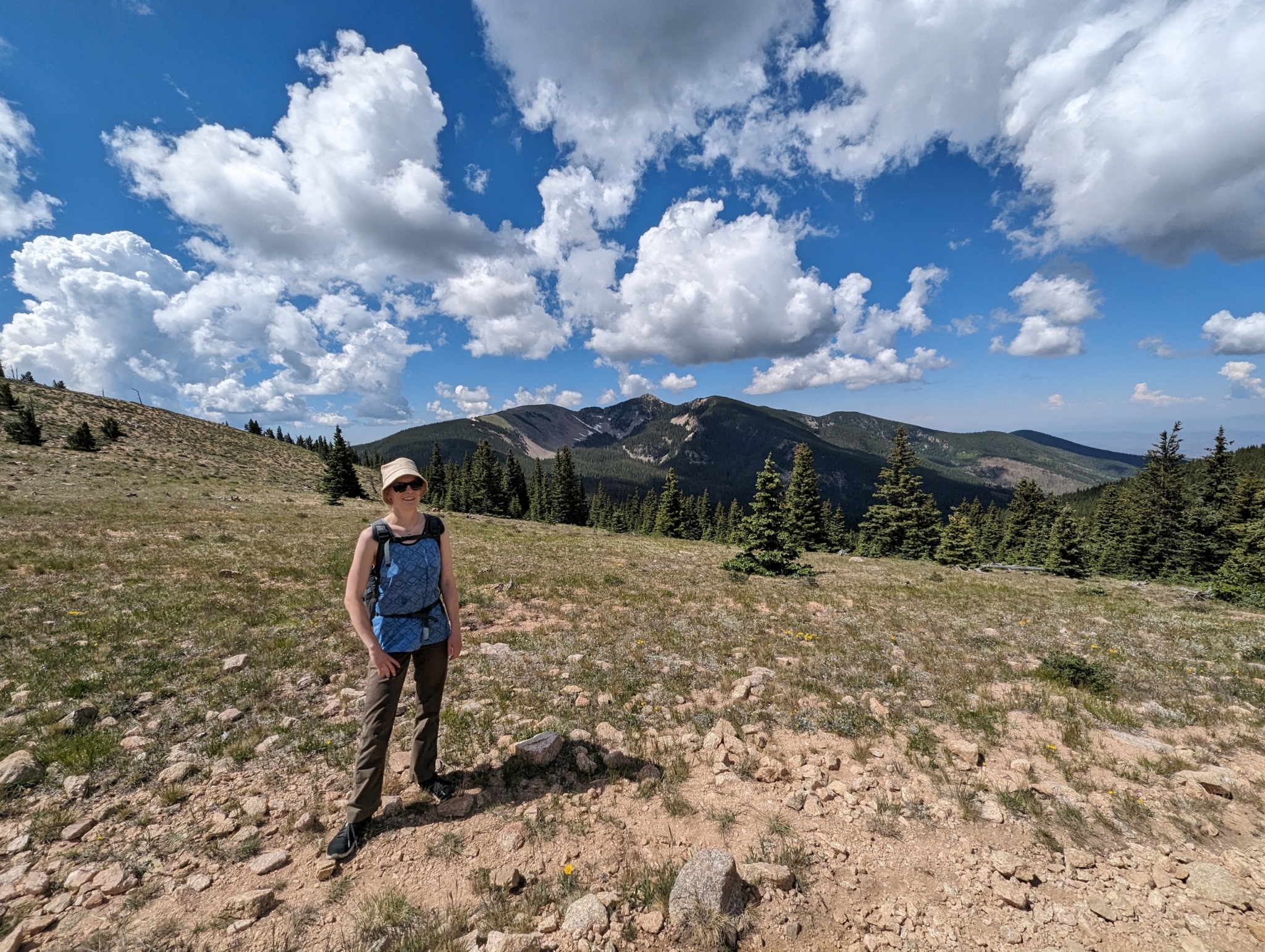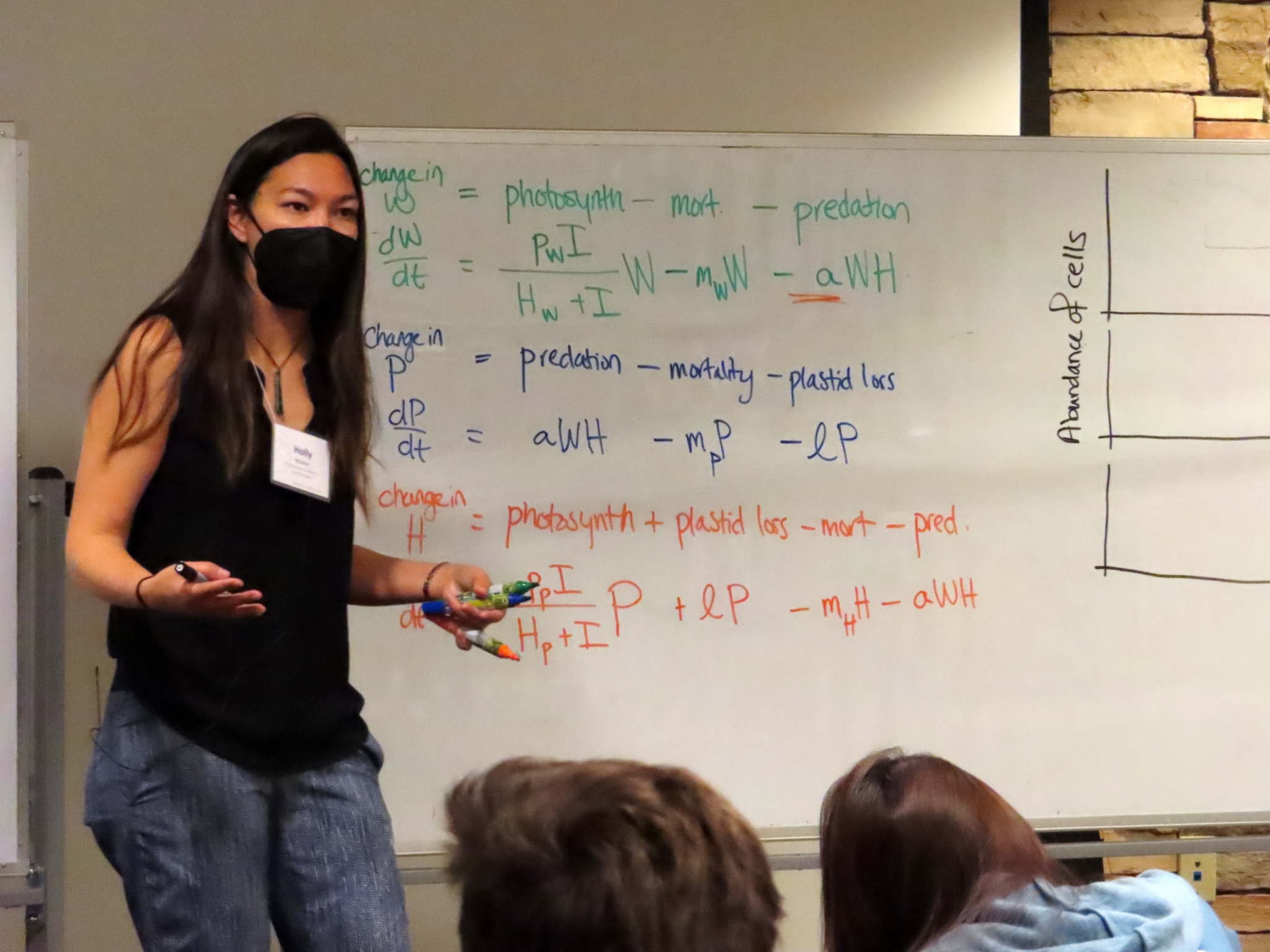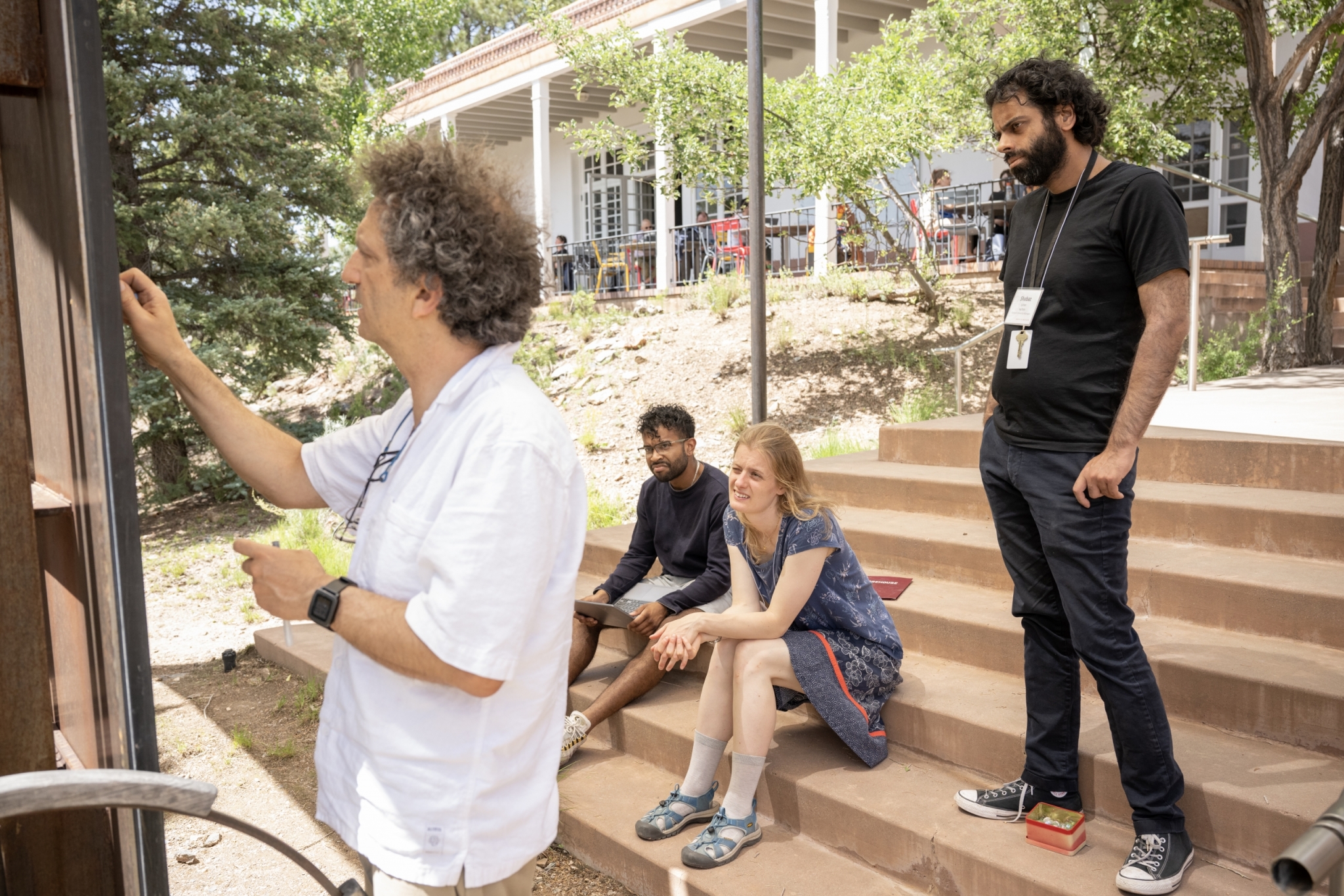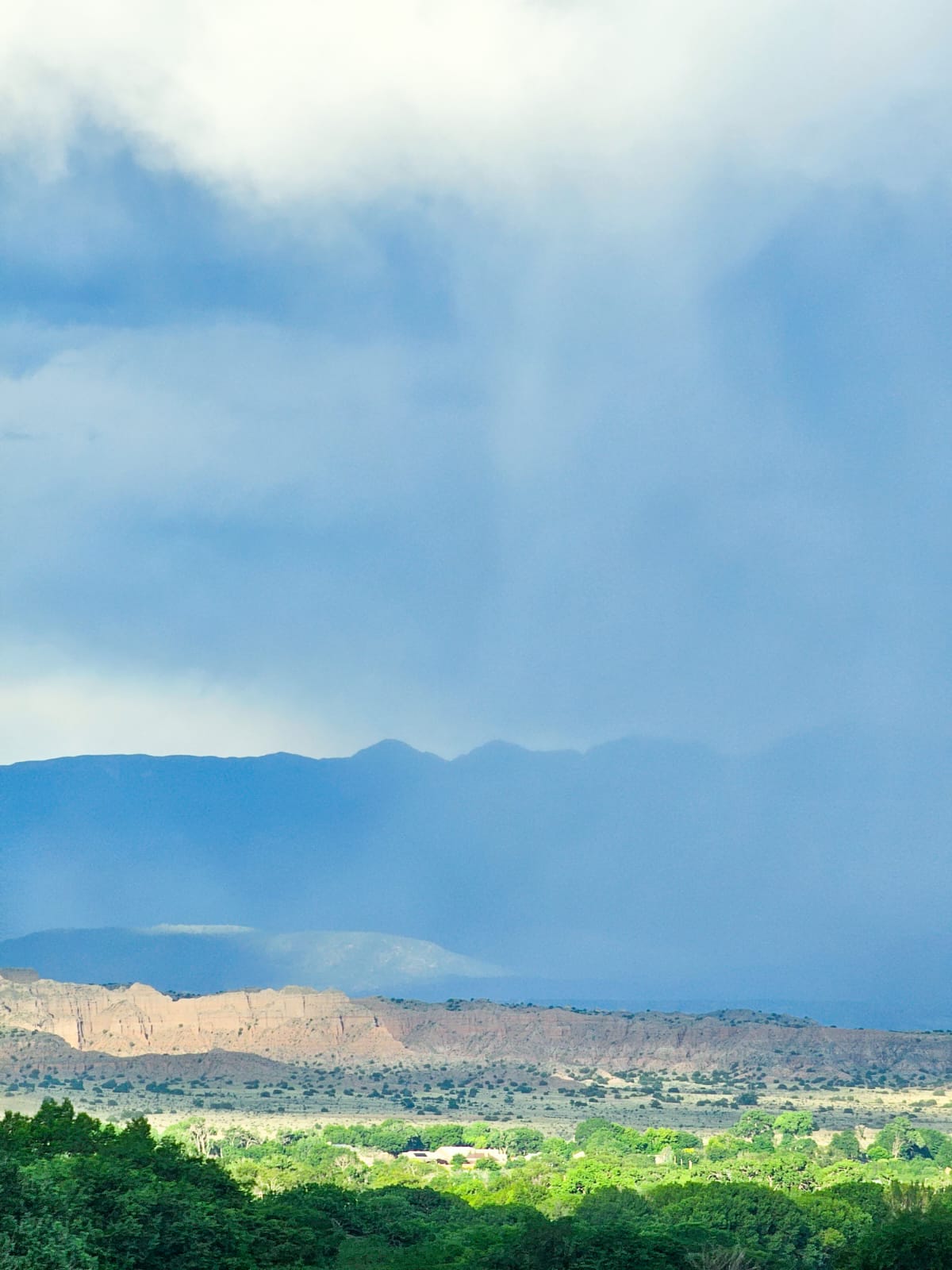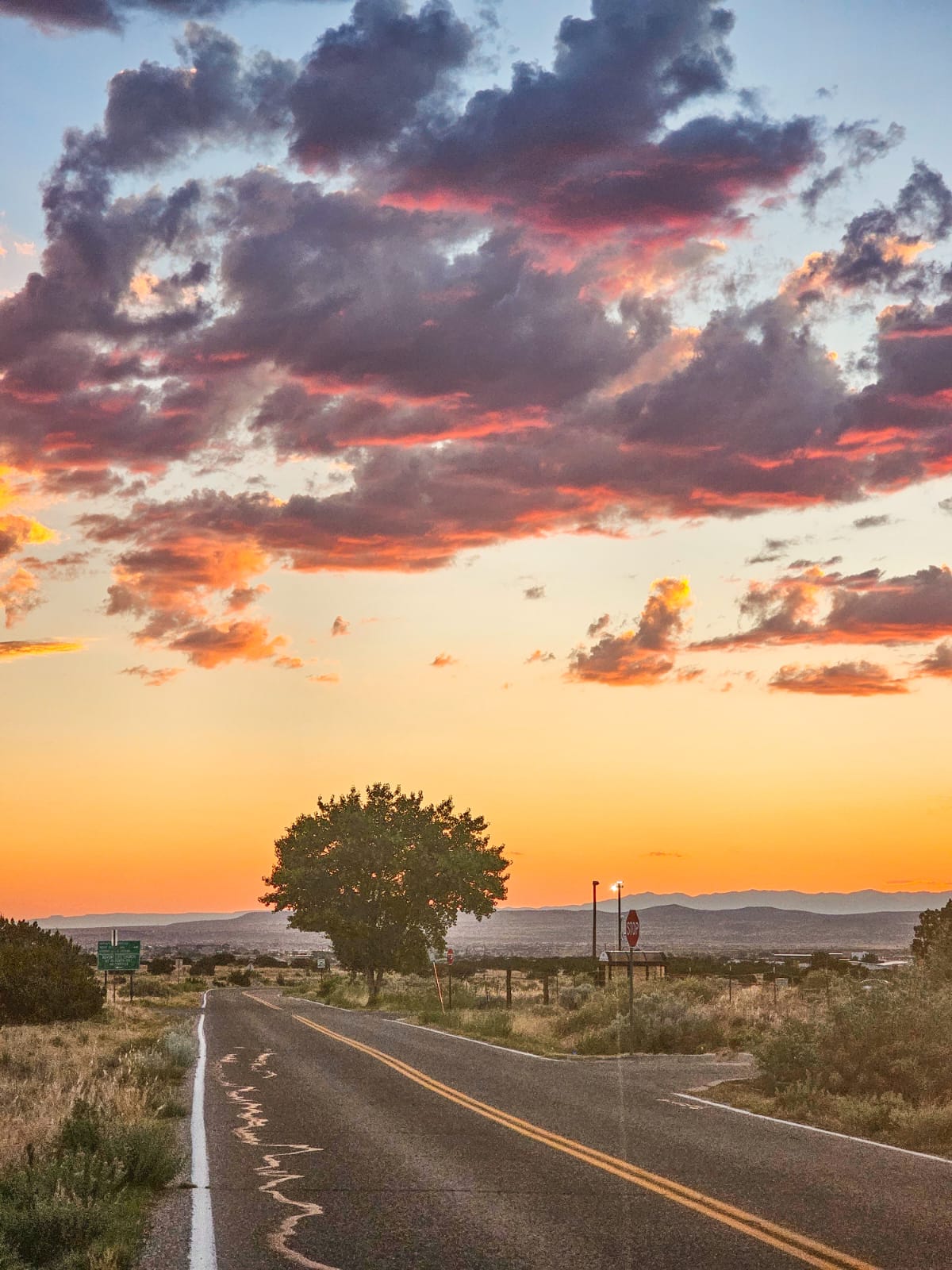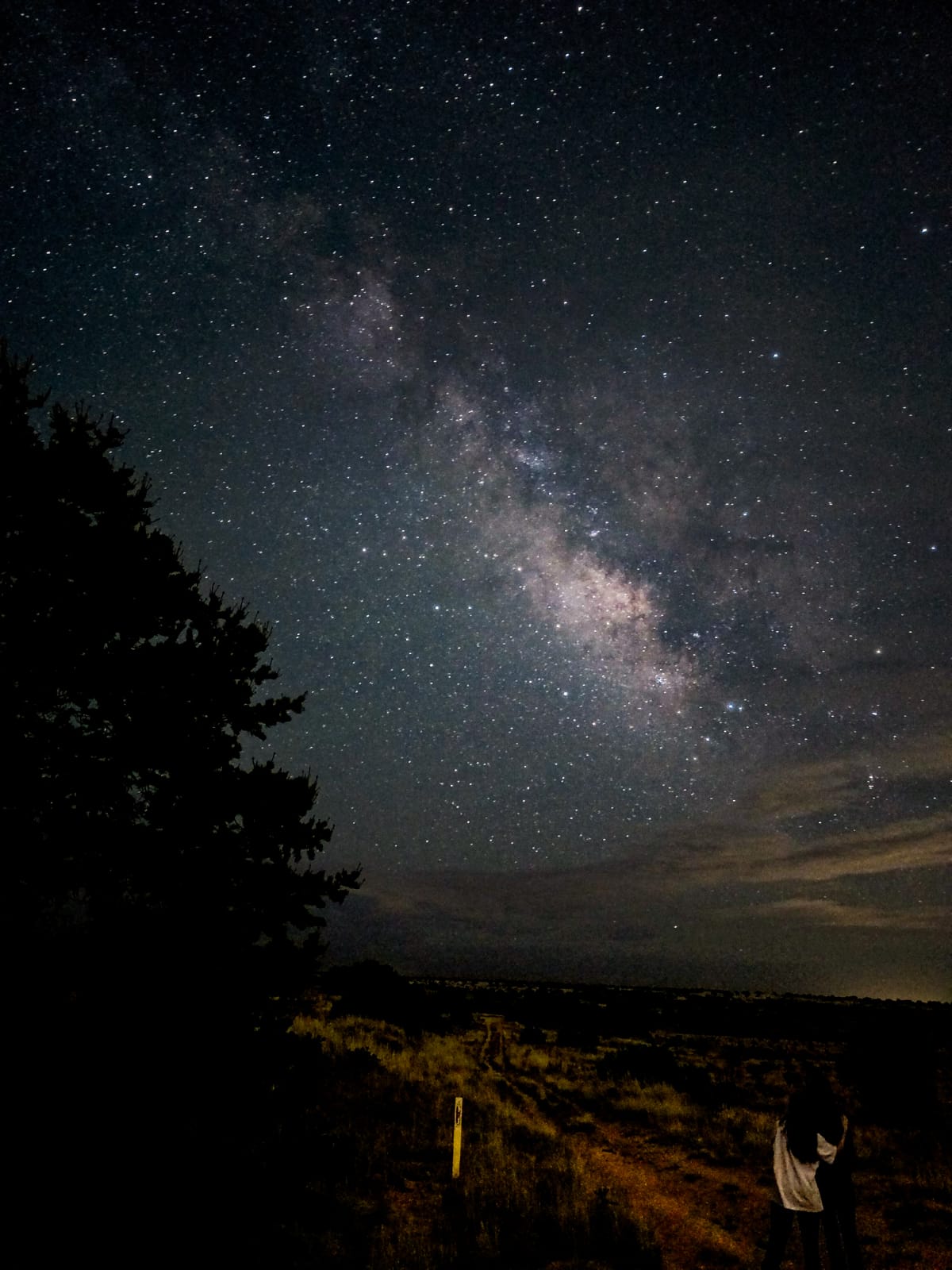Lessons from the 2023 SFI Complex Systems Summer School
Four weeks filled with interesting lectures, exciting discussions and hikes in the beautiful surroundings – this was IceLab PhD student Hanna Isaksson’s experience at the Santa Fe Institute’s Complex Systems Summer School (SFI’s CSSS). Read on and let Hanna take you on a journey to Santa Fe and back, with roadrunners, research and a rewarding learning experience.
First impressions
In early June, just when the cacti had started to bloom, 50 summer school participants from all over the world and full of expectations arrived in Santa Fe, New Mexico. From the beginning the change in altitude, extreme dryness and intense scientific program came as a (not so) small shock. Within just a few days I had beaten my personal records in lip balm use, sun screen application and networking activity.
Since it was a complex systems school, naturally we had many lectures and talks covering approaches for analyzing complex systems – for example, analyzing social dynamics with network science, or using differential equations to describe population growth. It was of course incredibly exciting to listen to speakers like Geoffrey West and Elizabeth Bradley, but if I had to pick one presentation to highlight it would be Holly Moeller’s (Assistant Professor, University of California, Santa Barbara). She gave a talk on acquired phototrophy, which is a fascinating process in which organisms can become photosynthetic by stealing endosymbionts or plastids from their prey. Not only was the content amazing, but so was her presentation style. She gave her whole presentation using just the white board and I was impressed by the clarity of her style and how she managed break down her modeling approach. After her presentation I was inspired and felt that I could see myself working on these kinds of systems in the future.
Group projects
An essential part of the summer school was the group project work, the outcomes of which we presented during the final days of the school. At first I was a bit skeptical about how functional project groups could be formed efficiently from the overwhelmingly large pool of school participants. However, it turned out that the CSSS routine for brain storming, post it note sessions and project pitches was well rehearsed so in the end the whole process felt natural and I was happy with the two groups I worked with. One group focused on a project I pitched myself and was connected to my current research, while the second project was quite far outside my own field.
Evolution of sexual reproduction in novel multicellular life cycles
Pitching a project felt a bit scary, but the supportive environment was encouraging. By the end of the second week I had formed a small group where we investigated the evolution of sexual reproduction in novel multicellular life cycles.
Besides me, there were two more members in the group — Anthony Ogbesor, a biomedical science student from Morehouse College in Atlanta Georgia USA, studying obesity related chemoresistance and Shabaz Sultan, a PhD student from Radboud University in the Netherlands, working on computational immunology. Our different backgrounds resulted in fruitful discussions, where we explored under what conditions sexual reproduction may evolve in small multicellular groups.
What we discovered was that sexual reproduction makes things quite complicated… and that we all enjoyed working together.
How do Cities grow? A nexus between urban policies and citizen decisions.
The second project was about the dynamics of urban growth, with the aim to build a simulation of urban development that could take preferences from individual residents into account. Although the evolution of muticellularity and urban development may seem quite different, the two systems were surprisingly similar in terms of how to model them.
I choose to participate in this project partly because the topic seemed interesting and different, but also because I was keen to work with that group’s project leader, Katarzyna Goch. She works both as a GIS analyst at the JRC in Ispra, Italy, and as a PhD student at the Institute of Geography and Spatial Organization at the Polish Academy of Sciences. Katarzyna was very organized and had prior experience leading projects. I learned a lot about managing a project from her.
As the group was quite large, she had to structure and distribute tasks among the group members. The group members also proposed many deviating project directions, and she did a fantastic job maintaining focus on the central research question. Finally, it was interesting to see how she managed to be up to date with project details such as code implementation, while at the same time being able to take a step back and let the group work freely.
Non-school adventures
During the weekends there was also time for adventures in and around Santa Fe – art galleries, museums, hiking and eating chili-heavy local food. My favorite downtime activity was hiking, and Santa Fe is perfect for this. The city is surrounded by mountains with endless kilometers of hiking trails, for example the trail that leads to Lake Katherine. It is 22 km long, passing the tree line of Mount Baldy and leading to a beautiful mountain lake where big horn sheep curiously watch hikers as they take a dip in the lake’s crystal clear waters.
Even during schooldays experiencing nature was easy. One morning I was having an early breakfast on the patio outside the cafeteria of IAIA. I was just finishing my hot cereal when an unfamiliar character appeared just around the corner of the building; it was a road runner! It seemed to appear out of nowhere and by the time I had managed to set up my phone camera it had disappeared into the campus garden. As a bird lover, I was delighted.
Looking back
Although the summer school weeks mostly felt like a time filled with fun activities, I did actually learn many things too. The thing that I appreciated the most was meeting and talking to everyone in and around the school. The whole setting of the summer school, from being welcomed by SFI faculty at their offices to sharing meals with all the lecturers, set a sort of informal atmosphere where conversations felt natural. During the many conversations I got to hear stories about peoples’ lives as researchers and their different paths through academia, which I found very interesting and inspiring. I also benefited from the opportunity to train my project managing skills in a safe environment, where we felt free to try brave ideas with no pressure to “succeed”.
Although I am now back in Sweden and autumn is in full swing, the summer school hasn’t really ended yet. Even if the weeks in Santa Fe feel distant now, we are intensely working on finalizing the project reports. This is a good opportunity to pick up the contacts with other school participants and to wrap up our projects in nice way. Who knows, they may lead me in new research directions in the future!
Scenic pictures from the surroundings of IAIA
Afternoon thunder storms, beautiful sun sets and clear night skies. Photos by Vidyesh Rao Anisetti.
Complex Systems Summer School (CSSS) offers an intensive four-week introduction to complex behavior in mathematical, physical, living, and social systems. CSSS brings together graduate students, postdoctoral fellows, and professionals to transcend disciplinary boundaries, take intellectual risks, and ask big questions about complex systems.

